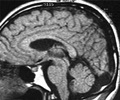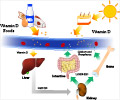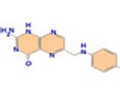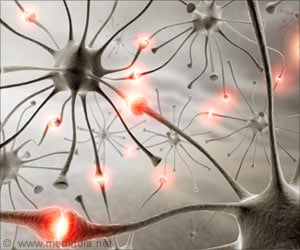Obese individuals may have a problem converting vitamin D into a more usable form, finds a new study.

‘As a result of this study, since we have found that an obese person’s body is not able to convert vitamin D into it's usable form, the researchers have decided that it will be better if they target this conversion problem for treatment.’





As a result of this, we have found that an obese person’s body is not able to convert vitamin D into a usable form, the researchers in this study believe that it will be better if you target this conversion problem for treatment, as compared to what is currently being followed which is just giving vitamin D supplements. A new Journal of Bone and Mineral Research study confirms that vitamin D supplementation is less effective in the presence of obesity, and it uncovers a biological mechanism to explain this observation.
The study reveals that obese mice have very low levels of the enzyme in the liver that converts vitamin D into 25-hydroxyvitamin D (calcidiol), which is the major form of vitamin D in the blood. Therefore, it may be more useful to treat vitamin D insufficiency in obese individuals with calcidiol rather than with other forms of vitamin D.
"Low circulating levels of 25-hydroxyvitamin D are common in obesity and have been attributed to sequestration of vitamin D in fat cells. Here we propose a second mechanism with greater biological implications: obesity reduces the ability of the liver to convert vitamin D into 25-hydroxyvitamin D," said lead author Dr. Jeffrey Roizen, of The Children's Hospital of Philadelphia.
"Our observations show that this early step in activating vitamin D is influenced by obesity, and suggest that obesity-related effects on the liver can have clinically important systemic effects on bone and mineral metabolism. Further, while we often think of low vitamin D causing obesity, this work shows that an illness or pathology (like obesity) can cause low vitamin D."
Advertisement














